Finally, I could finish this work too.
The scene is based A45 project from BIG, an architectural agency. I really like their work and that one was a perfect beginning for my next exercise. My goal was to create a scene with a lot of vegetation to try the addon Scatter. The original project can be seen here : https://www.archdaily.com/894941/a45-big/
Among Scatter, I used Pro-lightning Skies, Graswald and E-cycles for render.
Please leave comment if anything bugs you, I really think that community critisicm is important.
Let’s start ![]()
Arrival :
Render
This is the result of the proxy system of Scatter. In viewport, simple models are used, who will be changed for the rendered view or final render. That way, you can scatter a lot of 3D models and still work on your scene.
Here, you can see that it’s possible to scatter along the camera FOV and distance.
This is the layers generated with the render that I will be using in Photoshop later.
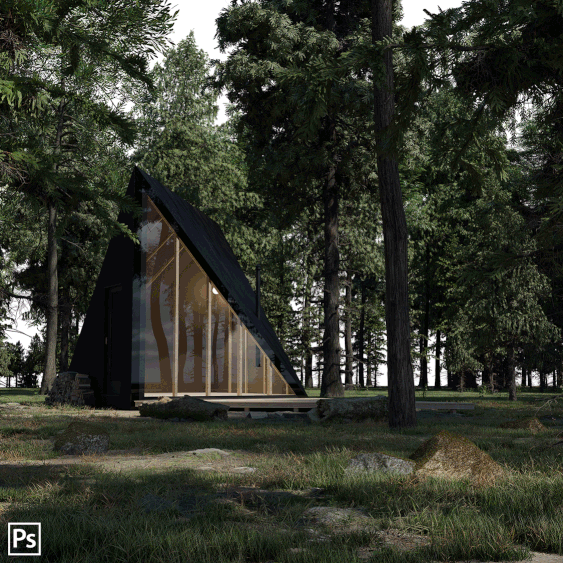
A GIF of the steps of post-production ![]()
A render, for me, is a lots of try and errors. This is a sample of render I tried before choosing the final point of view, camera size, lightning, vegetation, etc…
The viewport of blender while working !
Firecamp :
Render
Again, the proxy system of Scatter
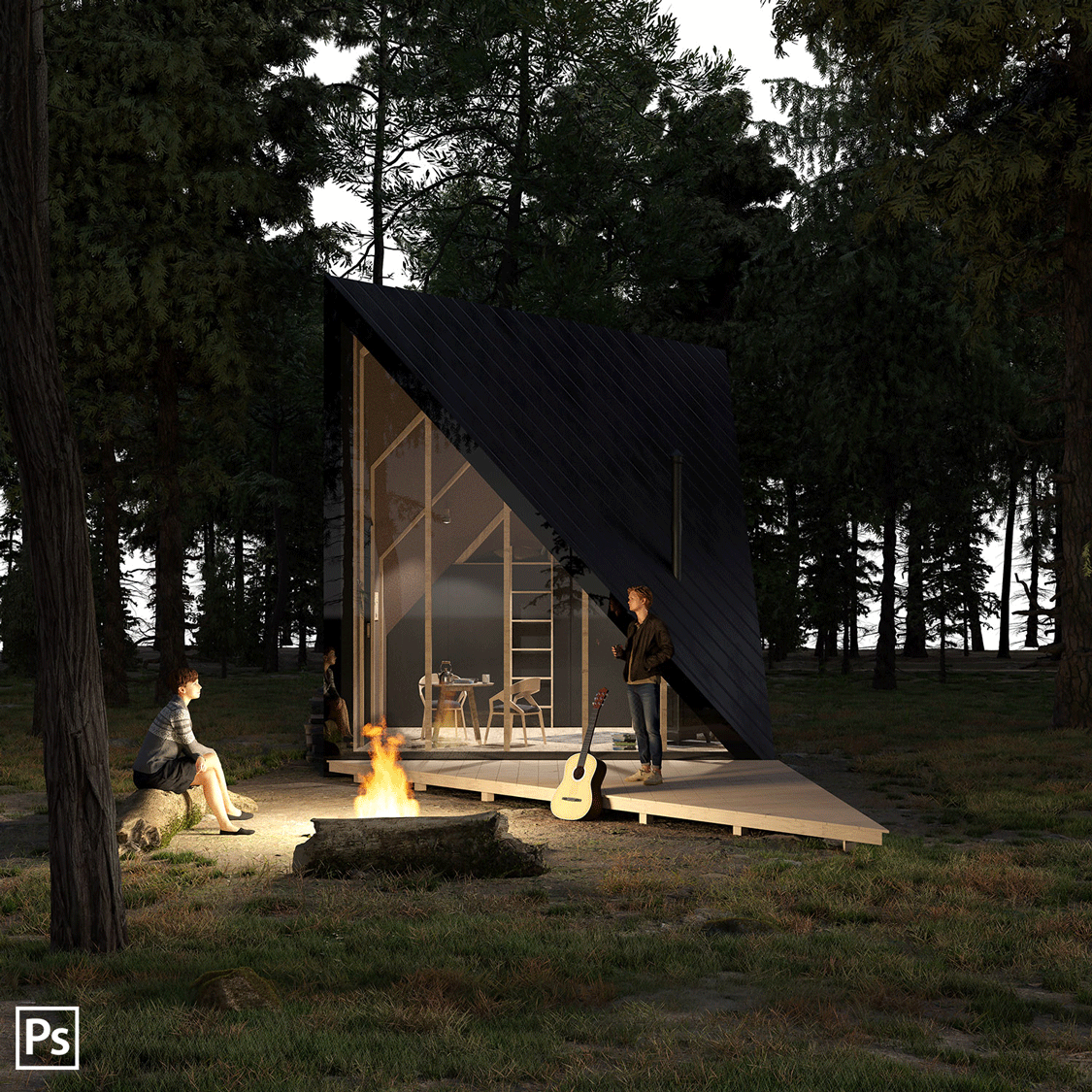
Classical GIF of post-production. Post-production is everything. ![]()
You can see there that, at first, there were two people in the scene. I’m still not sure of my choice of removing them. I found that the alchemy between them wasn’t working and it was the only render with characters so I removed them.
Morning :
Render
This is the last render I did. You can spot the differences of the furnitures location between the first and last render. I privileged the point of view among the consistency of the scenes.

The GIF !
Thanks for your future comments, feel free to share your feelings ! ![]()

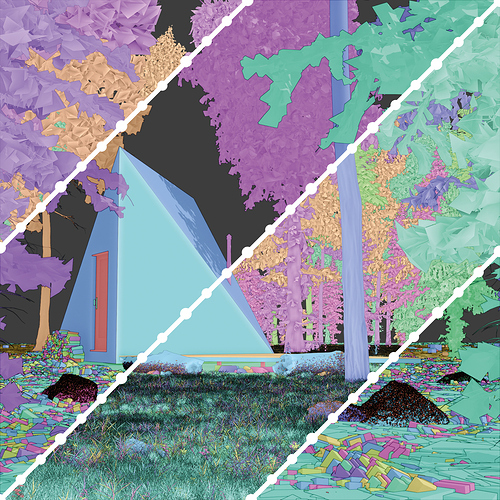
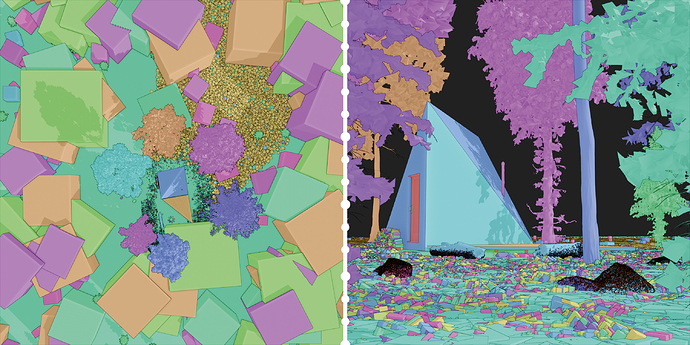
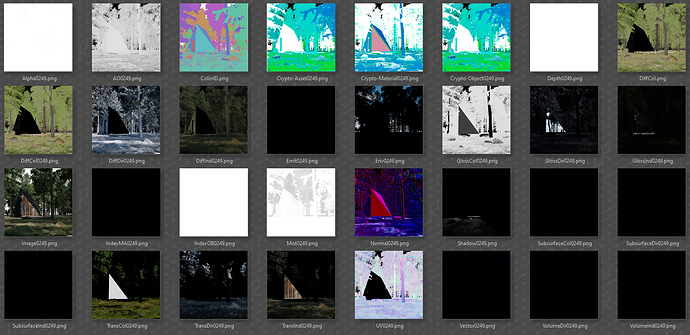

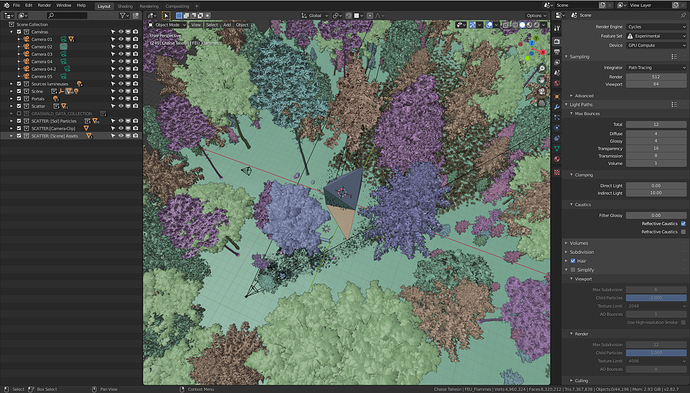
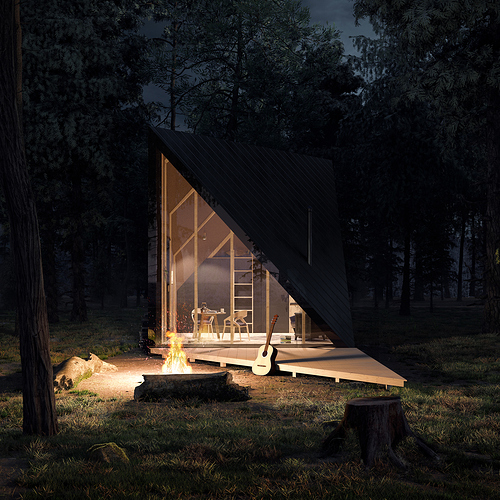

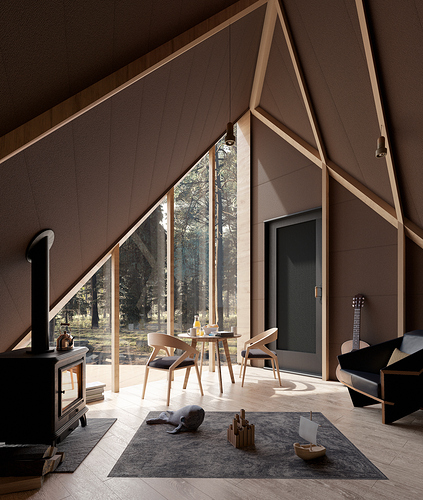
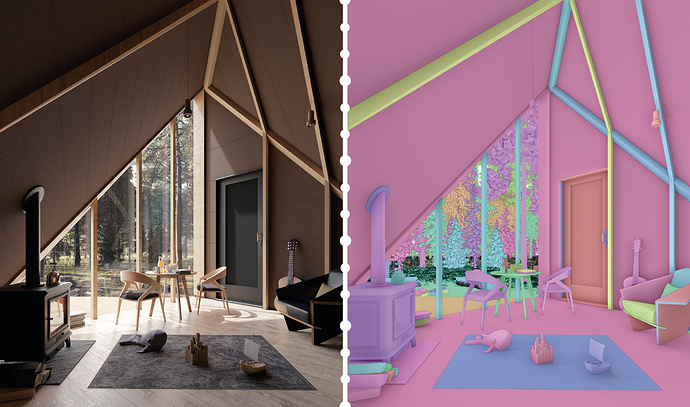




 Great use of E-Cycles !
Great use of E-Cycles !